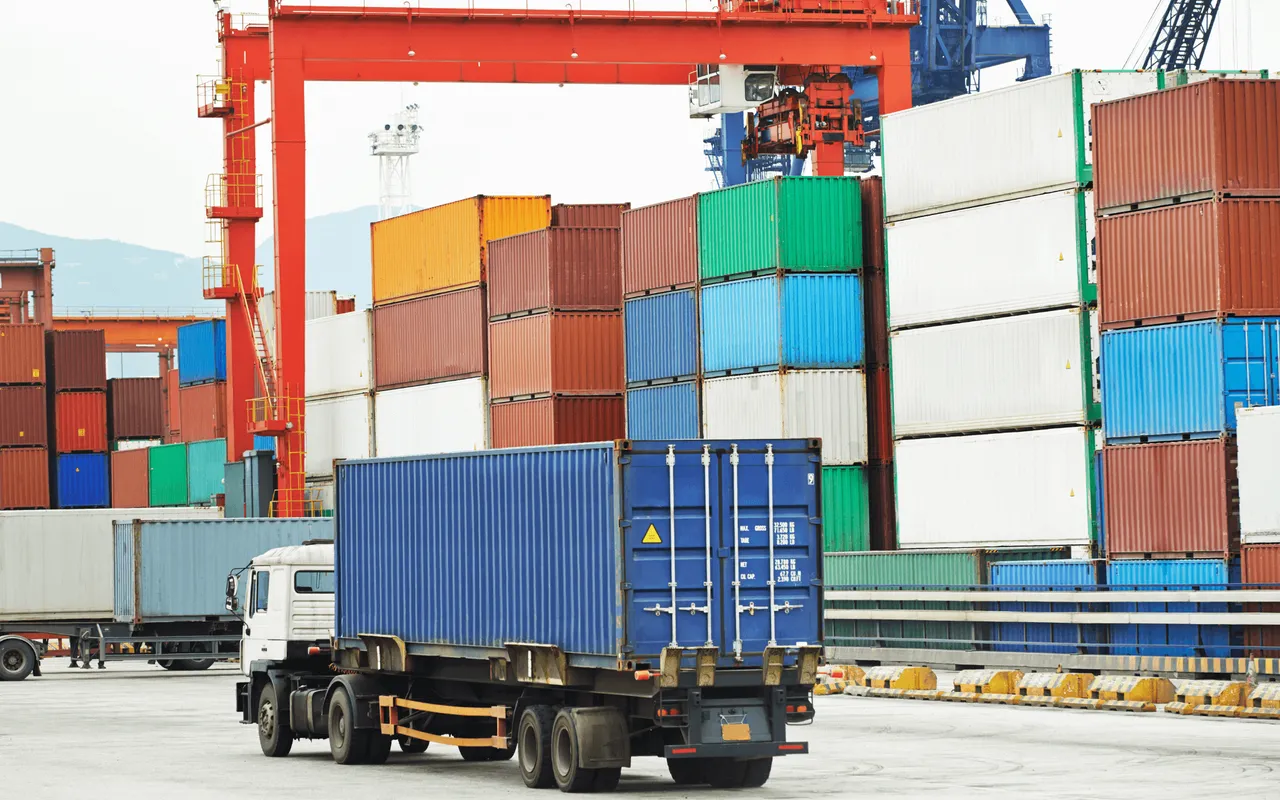
The transportation industry refers to the sector of the economy that is involved in the movement of people, goods, and services from one place to another. This industry includes a wide range of transportation modes, such as road, rail, air, and water, and the various businesses and organizations that operate and manage these modes of transportation.
The transportation industry is a critical part of the global economy, as it enables the movement of goods and services between different locations, connects people with their places of work, homes, and other destinations, and facilitates the exchange of goods and services between different regions and countries.
The transportation industry includes a variety of subsectors, such as:
- Trucking and freight transportation: This subsector includes companies that operate trucks, tractor-trailers, and other vehicles to transport goods and cargo within and between cities and towns.
- Public transportation: This subsector includes buses, trains, subways, and other forms of public transportation that move people within and between cities and towns.
- Air transportation: This subsector includes airlines, air cargo carriers, and other businesses that transport people and goods by air.
- Water transportation: This subsector includes shipping companies, ferry operators, and other businesses that transport people and goods over waterways, such as rivers, lakes, and seas.
- Pipeline transportation: This subsector includes companies that transport goods, such as oil, natural gas, and water, through pipes.
- Logistics and supply chain management: This subsector includes companies that specialize in managing the movement of goods and services from the manufacturer to the end user, including warehousing, inventory management, and freight forwarding.
- Transportation infrastructure: This subsector includes companies that design, build, and maintain transportation infrastructure, such as roads, highways, bridges, tunnels, and airports.
The transportation industry is a major contributor to economic growth and development, as it enables the movement of goods and services, creates jobs, and stimulates investment in infrastructure and technology. However, the industry also faces challenges, such as congestion, safety concerns, environmental impact, and competition from emerging technologies, such as autonomous vehicles and drones.
Beyond the Obvious:
While cars, trucks, planes, and trains are the first images that come to mind, the transportation industry encompasses much more. Here's a deeper dive into its diverse landscape:
- Infrastructure: The foundation of it all. This includes roads, highways, bridges, tunnels, railway tracks, airports, seaports, and other structures that provide the pathways for movement.
- Vehicles: The moving pieces of the puzzle. This includes everything from personal cars and bicycles to freight trucks, airplanes, ships, and even spacecraft.
- Logistics and Operations: The brains behind the brawn. This involves planning, scheduling, coordinating, and managing the intricate movement of people and goods. Think of it as the orchestra conductor ensuring everything runs smoothly.
- Technology: The driving force of innovation. From traffic management systems and satellite navigation to autonomous vehicles and drone delivery, technology is constantly transforming the way we move.
- Supporting Services: The unsung heroes. This includes maintenance and repair services, fueling stations, warehousing facilities, and even travel agencies, all playing a crucial role in keeping the wheels turning.
Diverse Players:
The transportation industry is a melting pot of players, each contributing to the system in its own way:
- Government agencies: Responsible for building and maintaining infrastructure, setting regulations, and ensuring safety.
- Private companies: Operating airlines, shipping lines, trucking companies, public transportation systems, and various other services.
- Technology giants: Developing cutting-edge solutions for navigation, automation, and connectivity.
- Individuals: From everyday commuters to professional drivers, everyone contributes to the flow of traffic in their own way.
Challenges and Opportunities:
The transportation industry faces its share of challenges, including:
- Congestion and pollution: Growing traffic volumes strain infrastructure and create environmental concerns.
- Safety: Ensuring the safety of passengers and minimizing accidents remains a constant priority.
- Accessibility: Providing affordable and efficient transportation options for everyone is crucial.
- Sustainability: Finding ways to reduce emissions and transition to cleaner fuels is critical for the future.
However, amidst these challenges lie incredible opportunities:
- Technological advancements: Automation, electric vehicles, and smart infrastructure can revolutionize transport and address challenges.
- Shared mobility: Car-sharing, bike-sharing, and public transportation can reduce congestion and promote sustainability.
- Innovation: New modes of transportation, like drones and hyperloops, hold the potential to transform future travel.
The Takeaway:
The transportation industry is more than just cars and trucks. It's a dynamic and multifaceted system that shapes our lives in countless ways. Understanding its intricacies, challenges, and opportunities is crucial for building a future where everyone can move safely, efficiently, and sustainably.
